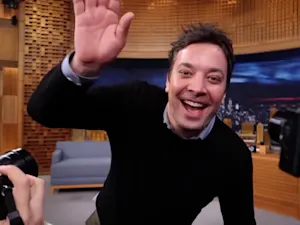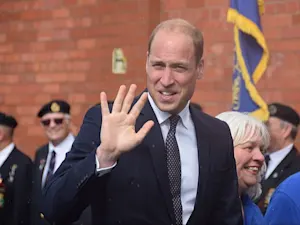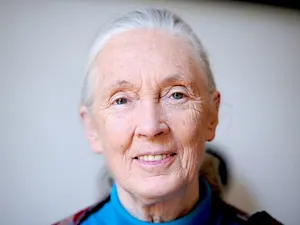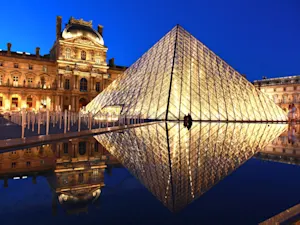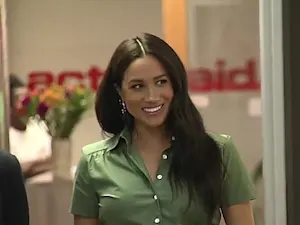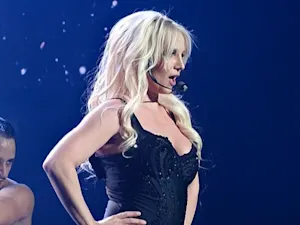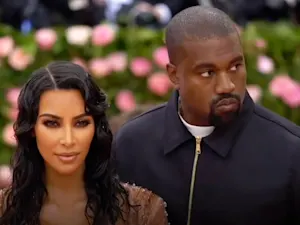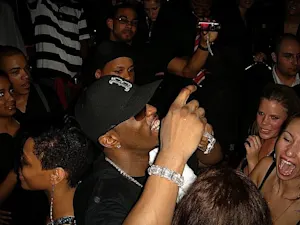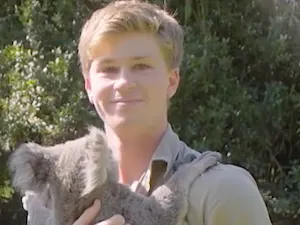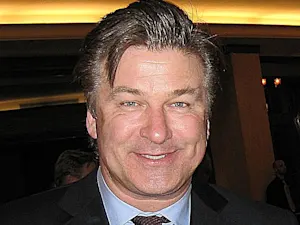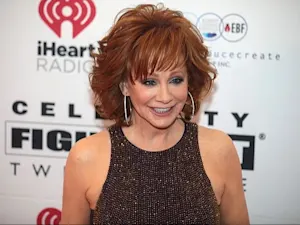
Dame Judi Dench's Pixie Cut: Can a Haircut Redefine Aging?
Judi Dench at the BAFTAs 2007. Photo by Caroline Bonarde Ucci under CC BY 3.0.
On the cover of British "Vogue," the then 85-year-old Dame Judi Dench didn't just appear — she commanded. Her piercing blue eyes and cropped silver pixie sliced through the frame like a signature, announcing her presence before you even noticed the floral Dolce & Gabbana® coat.
This is not just a hairstyle. It's a message.
Why does a short haircut stir so much emotion? Why does Dench's cropped crown feel so radical — even now?
What Short Hair Really Says, Without Saying a Word
In a society where long, flowing hair is often equated with youth, femininity, and desirability, chopping it off is more than a personal style choice — it's a declaration. It breaks from centuries-old expectations, silently rebelling against the idea that beauty must cascade over shoulders to be worthy of attention.
According to a Stylist article on the psychology of short hair, long hair has long represented innocence, sensuality, and a kind of ornamental femininity. Conversely, short hair on women — especially older women — can trigger assumptions about confidence, independence, and even rebellion.
That makes Dench's pixie cut more than a hairstyle. It's a statement of agency. A soft-spoken "no, thank you" to outdated scripts about what aging should look like.
Moreover, psychologists say that cutting one's hair short during or after life changes (like retirement, illness, or emotional upheaval) can be a symbolic fresh start. It's not just about changing a look — it's about shedding what no longer fits, like molting an old identity and stepping forward lighter, freer, stronger.
Judi Dench: Not Just Wearing a Pixie — Owning It
Dench, 90, wasn't always rocking a pixie. Early in her career, she had longer locks, more in line with the traditional Hollywood image. But as she gained prominence — and aged in an industry not exactly friendly to older women — her hair got shorter, sharper, and somehow... bolder.
She's worn her iconic cropped look since the '90s, making it her trademark long before Anne Hathaway's pixie was Vogue-approved.
And when she graced the June 2020 cover of "Vogue" — becoming the magazine's oldest cover star — it wasn't her coat or accolades that drew the most attention. It was her hair, her grin, and her refusal to fade politely into the background.
For Dench, who continues to act, advocate, and post viral TikToks with her grandson, the short hair complements her larger ethos: Age doesn't diminish vitality — it refines it. Even when confronting the physical limitations of age — giving up driving, for instance — she doesn't surrender to the stereotype of the docile, invisible older woman.
Quoting Dylan Thomas, Dench summarized aging saying, "Rage, rage against the dying of the light," according to The Guardian.
A Message That's Bigger Than One Woman
Dench's pixie cut isn't just about her. It's about visibility. Power. Permission.
For the woman who's been told to "keep it long" to stay feminine.
For the woman afraid she'll "look older" if she chops it.
And for the woman who's already older — and just wants to be seen as herself.
Dame Judi Dench isn't "age-defying." She's expectation-defying. Her pixie cut may be just one feature, but it slices through stale assumptions with surgical precision.
References: From stage star to Vogue cover: why age cannot wither Judi Dench | Short hair psychology: why the simple act of cutting our hair means so much more than we think | Judi Dench Style Evolution: She Rocked The Pixie Long Before Anne Hathaway (PHOTOS)

